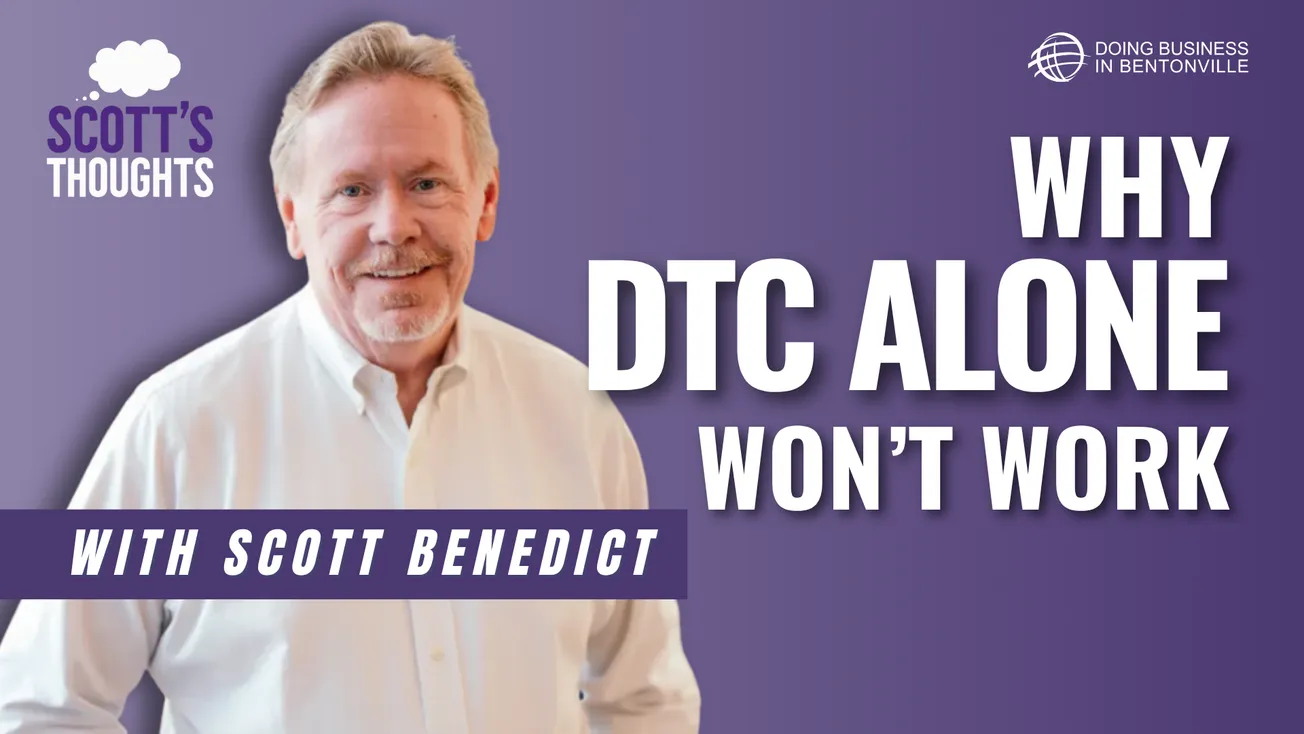Walmart and Amazon are rapidly expanding their pharmacy operations to capture growing demand for more accessible, digitally integrated healthcare services, while legacy pharmacy chains struggle with closures, bankruptcies, and shifting consumer behavior.
These two retail giants are reshaping the pharmacy landscape through a combination of tech-driven innovation, Medicare integration, and strategic infrastructure investments, positioning themselves to take advantage of weaknesses in the traditional model.
Walmart Targets Medicare Advantage Market with Digital Tools
Walmart has made significant inroads into the pharmacy sector by focusing on Medicare Advantage beneficiaries, a fast-growing segment of the senior population. The company recently introduced a new digital capability that allows users to link their Medicare Advantage plans to their Walmart accounts.
This integration enables customers to identify eligible over-the-counter products while shopping both online and in-store, simplifying benefit redemption and increasing utilization.
The company is also rolling out artificial intelligence-powered tools to enhance user engagement and promote preventive health. Its “Everyday Health Signals” platform leverages customer data to provide personalized recommendations based on prior purchases and health trends.
These tools are part of a broader effort to transform Walmart from a traditional pharmacy into a full-service health and wellness destination.
Supporting these efforts is a major investment in infrastructure.
Walmart recently opened its largest-ever prescription fulfillment center in Florida, featuring automation designed to expedite processing and reduce labor costs. This facility allows in-store pharmacists to shift focus from dispensing to clinical services and customer interaction.
Amazon Grows Pharmacy Offerings with Home Delivery and Caregiver Support
Amazon is advancing its pharmacy business by expanding its PillPack service to include Medicare Part D recipients, significantly increasing its potential customer base.
PillPack delivers medications in pre-sorted packets organized by time and date, a convenience aimed at seniors managing multiple prescriptions.
The service’s expansion into the Medicare space positions Amazon as a direct competitor to retail chains traditionally dominant in this segment.
In addition to PillPack, Amazon has introduced new caregiver features within its pharmacy platform. The update allows caregivers to manage prescriptions on behalf of others from their own Amazon accounts, addressing the needs of over 50 million Americans who provide unpaid care to family members or friends.
This capability makes Amazon Pharmacy more accessible to multigenerational households and further embeds its services into everyday life.
Amazon is also investing in rapid delivery. The company has rolled out same-day prescription delivery in key cities including New York, Seattle, and Miami. Customers can consult with pharmacists online 24/7 and receive medications within hours—a model that challenges the traditional reliance on neighborhood pharmacies for urgent prescriptions.
These efforts are bolstered by Amazon’s RxPass program, which offers unlimited prescriptions from a list of common generics for a $5 monthly fee to Prime members. The fixed-cost model appeals to cost-conscious consumers, providing a simple, transparent alternative to insurance co-pays.
Rite Aid’s Collapse and Chain Closures Highlight Industry Shifts
Rite Aid, once a dominant name in U.S. retail pharmacy, filed for Chapter 11 bankruptcy in late 2023 and has since closed hundreds of stores.
The company is shedding more than 1,000 pharmacy assets, many of which are being sold to competitors in a scramble to stay solvent.
CVS and Walgreens, the two largest national chains, have also announced major store reductions.
CVS plans to shutter 271 locations in 2025 alone, citing rising operational costs and declining foot traffic. Walgreens has initiated similar cuts and workforce reductions in an effort to streamline operations amid falling revenue.
These closures have created pharmacy shortages in some communities and opened the door for tech-enabled delivery models and digitally integrated services to fill the gap.
Both Amazon and Walmart are capitalizing on this trend by offering services designed for convenience, speed, and accessibility—qualities increasingly demanded by consumers and healthcare providers alike.
A Reshaped Landscape Emerges
The U.S. pharmacy sector is undergoing rapid transformation, driven by changing consumer preferences and the collapse of legacy infrastructure.
Walmart and Amazon are at the forefront of this shift, leveraging their strengths in logistics, digital innovation, and healthcare partnerships to reimagine what pharmacy services can be.
Rather than relying solely on traditional brick-and-mortar operations, these companies are integrating health services into broader ecosystems that include home delivery, personalized recommendations, and coordinated care.
As they continue to scale their offerings, Walmart and Amazon are likely to further disrupt a pharmacy industry already in flux—setting new expectations for access, service, and affordability.










